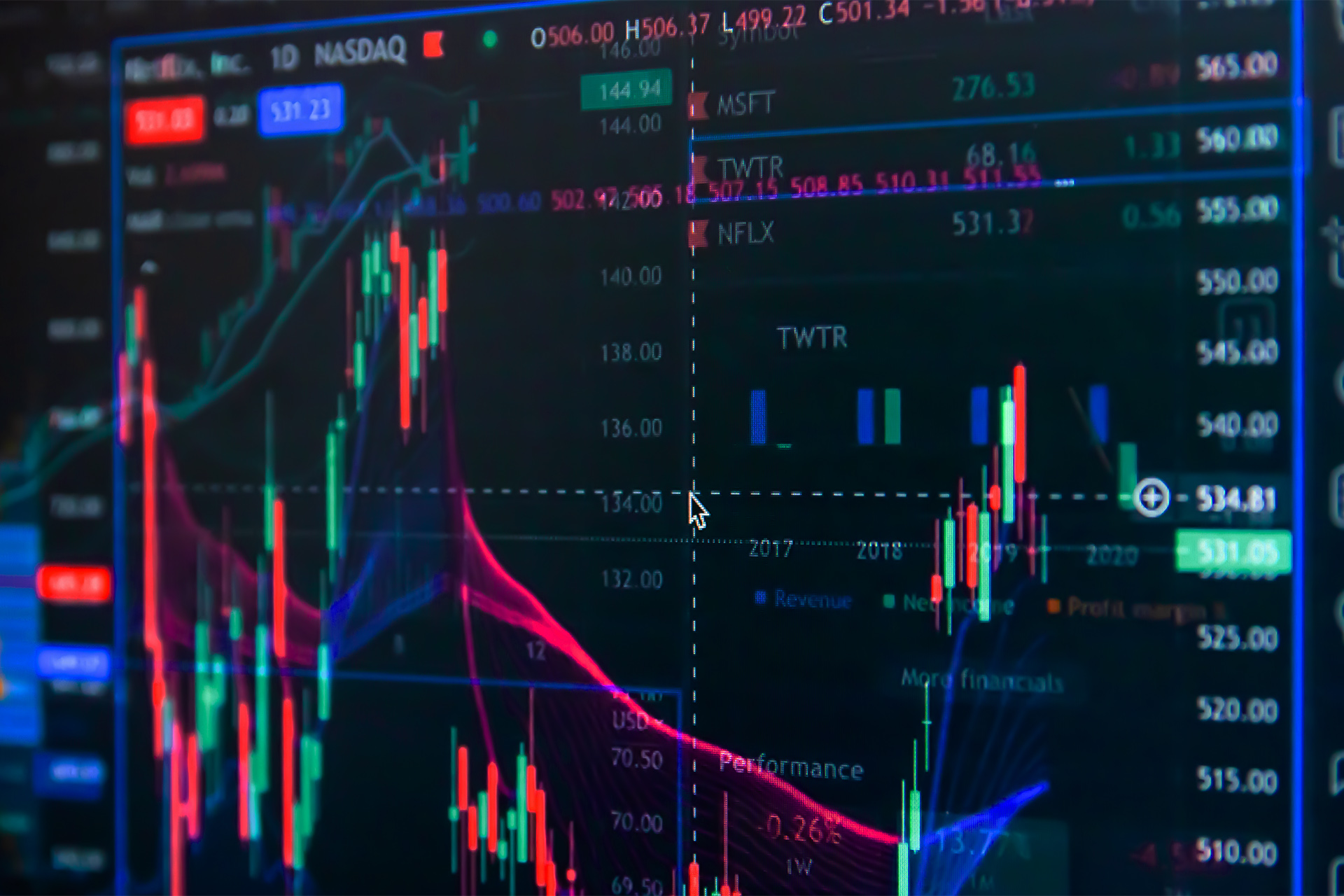
Decoding Range Trading
Definition and Basic Concepts
Range trading, often referred to as channel trading, is a popular financial strategy where traders buy at the low price level (support) and sell at the high price level (resistance) within a defined price range. This method capitalizes on the tendency of prices to oscillate between these two boundaries over a period of time. Unlike trend trading, which relies on recognizing upward or downward market movements, range trading thrives in relatively stable markets where asset prices fluctuate within a predictable band.
Importance in the Financial Markets
Range trading is a vital strategy in financial markets due to its versatility and applicability across various asset classes including stocks, forex, commodities, and cryptocurrencies. It allows traders to capitalize on sideways market movements when trends are not evident. This strategy can be particularly lucrative during periods of low volatility, providing consistent returns through meticulous buying and selling within established price ranges.
Overview of the Essay Structure
This essay delves into the intricacies of range trading by first exploring methods for identifying ranges in financial markets. We then transition into effective strategies for successful range trading before examining mathematical models and statistical techniques that enhance accuracy. Finally, we conclude with insights into maximizing success in range trading through strategic application and an eye toward future trends.
Range trading, often referred to as channel trading, is a popular financial strategy where traders buy at the low price level (support) and sell at the high price level (resistance) within a defined price range. This method capitalizes on the tendency of prices to oscillate between these two boundaries over a period of time. Unlike trend trading, which relies on recognizing upward or downward market movements, range trading thrives in relatively stable markets where asset prices fluctuate within a predictable band.
Importance in the Financial Markets
Range trading is a vital strategy in financial markets due to its versatility and applicability across various asset classes including stocks, forex, commodities, and cryptocurrencies. It allows traders to capitalize on sideways market movements when trends are not evident. This strategy can be particularly lucrative during periods of low volatility, providing consistent returns through meticulous buying and selling within established price ranges.
Overview of the Essay Structure
This essay delves into the intricacies of range trading by first exploring methods for identifying ranges in financial markets. We then transition into effective strategies for successful range trading before examining mathematical models and statistical techniques that enhance accuracy. Finally, we conclude with insights into maximizing success in range trading through strategic application and an eye toward future trends.

Decoding Range Trading
Identifying Ranges in Financial Markets
Key Indicators and Tools UsedIdentifying ranges is paramount to executing successful range trades. Key indicators include:
Support and Resistance Levels: Horizontal lines drawn on charts representing consistent lows (support) and highs (resistance).
Relative Strength Index (RSI): A momentum oscillator that measures the speed and change of price movements.
Bollinger Bands: Volatility bands placed above and below a moving average; they help identify overbought or oversold conditions.
Moving Averages: These smooth out price data to identify trends or possible reversals.
Characteristics of a Well-Defined Range
A well-defined range exhibits clear support and resistance levels with multiple touches at these boundaries without breaching them significantly. The price movement within this range should show consistency over time, enabling traders to predict future oscillations reliably.
Common Pitfalls in Identifying Ranges
Common pitfalls include misidentifying temporary fluctuations as established ranges, failing to account for breakouts where prices move beyond support or resistance levels, and ignoring fundamental factors that could alter market conditions dramatically.
Strategies for Successful Range Trading
Buy Low, Sell High ApproachThe cornerstone of range trading is the “buy low, sell high” approach:
- Buying Low: Entering positions at or near support levels.
- Selling High: Exiting positions at or near resistance levels.
This cyclical buying and selling harnesses predictable market behavior within defined boundaries.
Utilizing Technical Analysis Tools
Effective use of technical analysis tools can enhance the precision of trades:
RSI: Helps identify overbought (>70) or oversold (<30) conditions.
Bollinger Bands: Aid in visualizing periods of high volatility which can signal potential reversals back into the range.
Volume Indicators: Assessing trade volume can confirm strength or weakness at support/resistance levels.
Risk Management Techniques Specific to Range Trading
Risk management is critical:Stop-Loss Orders: Placing stop-loss orders just outside support/resistance levels to minimize losses from unexpected breakouts.
Position Sizing: Adjusting trade sizes based on risk tolerance to manage potential losses effectively.
Diversification: Spreading investments across multiple assets to mitigate risk from isolated market events.
Conclusion: Maximizing Success in Range Trading
Summary of Key Strategies and FormulasEffective range trading blends precise identification of ranges with disciplined execution using technical analysis tools like RSI and Bollinger Bands while adhering strictly to risk management principles such as stop-loss orders.
Future Trends and Developments in Range Trading
Advancements in artificial intelligence (AI) promise enhanced predictive capabilities through machine learning algorithms analyzing vast datasets rapidly—potentially transforming range trading strategies significantly by offering more accurate forecasts under diverse market conditions.
Final Thoughts on Achieving Consistent Success
Consistent success hinges on continuous learning—adapting strategies based on evolving market dynamics while leveraging technological advancements like AI-driven tools can ensure sustained profitability in an increasingly complex financial landscape.
Range trading, Financial markets, Trading strategies, Market dynamics, Success formulas









Report
My comments